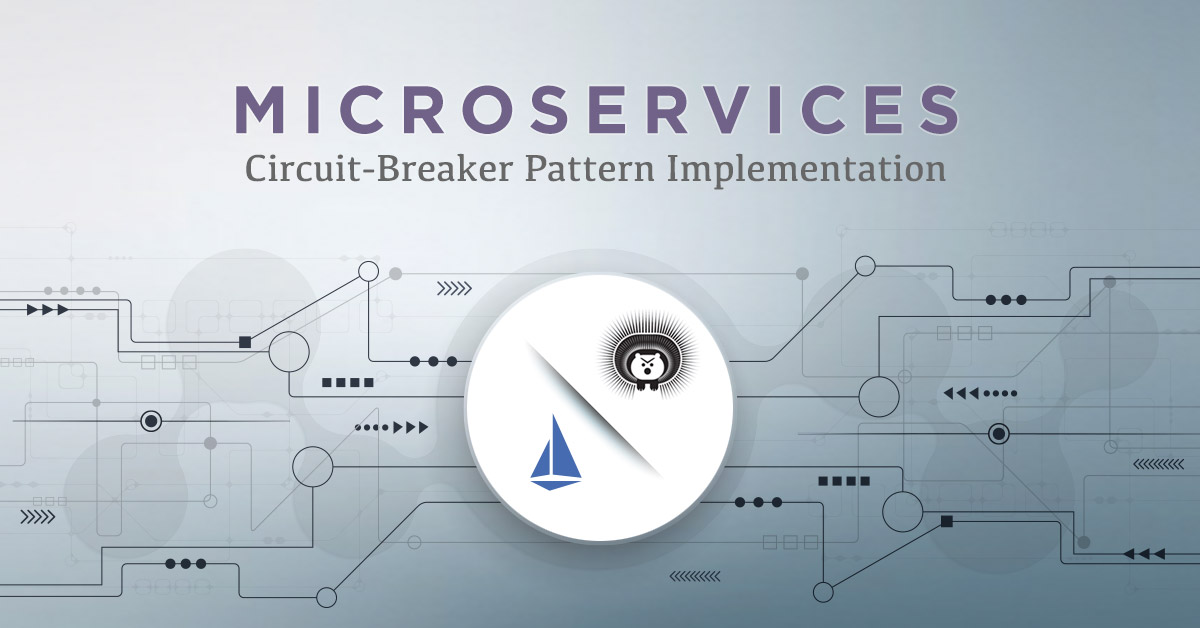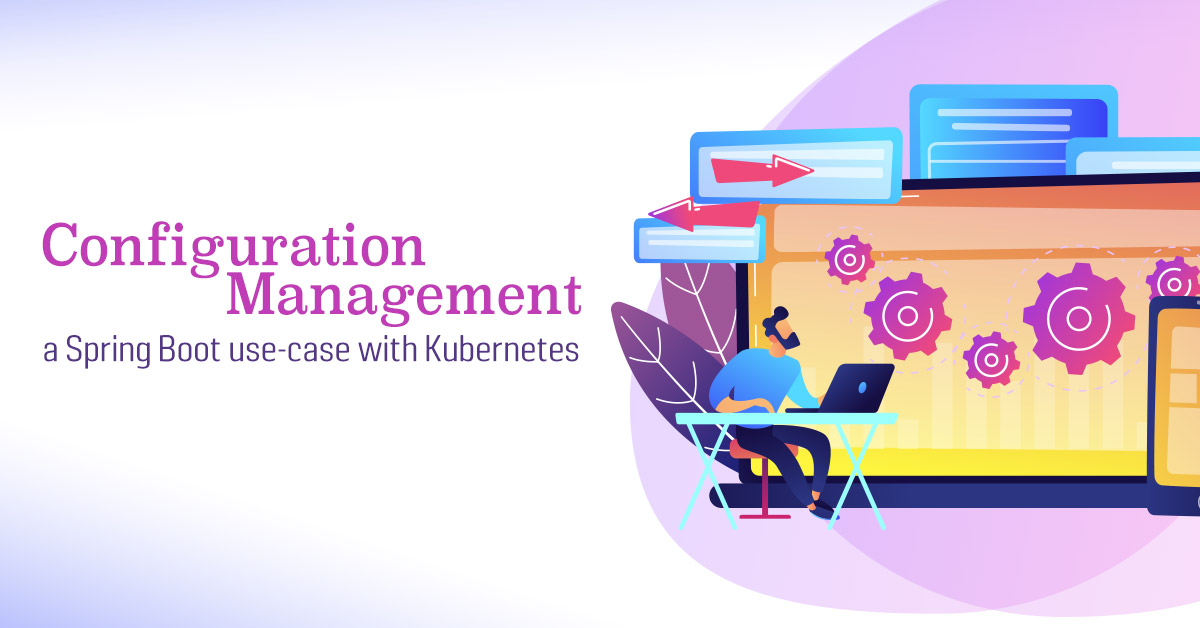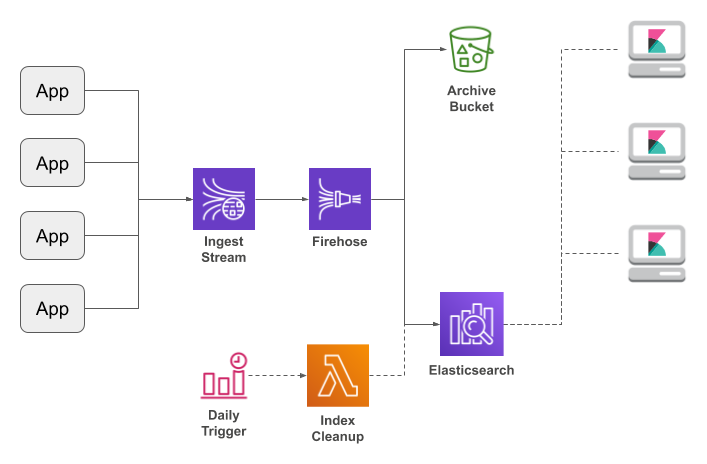
- #SPRING BOOT DOCKER SYSLOG HOW TO#
- #SPRING BOOT DOCKER SYSLOG UPDATE#
- #SPRING BOOT DOCKER SYSLOG CODE#
This option requires that the application writes logs to filesystem instead of stdout or stderr. You can run a Fluentd (or Fluent Bit) sidecar container to capture logs produced by your applications. Doing so allows you to change the logging infrastructure without impacting or changing your application.įor pods running on Fargate, you need to use the sidecar pattern. This pattern also disobeys the principle of separation of concerns, according to which, logging implementation should be independent of the application.
#SPRING BOOT DOCKER SYSLOG CODE#
This is the least recommended option because you will have to include the log aggregation system’s SDK in your application code instead of reusing community build solutions like Fluentd. In this approach, the application is responsible for shipping the logs.

Kubelet and container runtime write their own logs to /var/logs or to journald, in operating systems with systemd. In Kubernetes, container logs are written to /var/log/pods/*.log on the node. Container runtime – like Docker – redirects container’s stdout and stderr streams to a logging driver.

It configures the container runtime to save logs in JSON format on the local filesystem. Kubernetes, by itself, doesn’t provide a native solution to collect and store logs.

Node level logging: The container engine captures logs from the application’s stdout and stderr, and writes them to a log file.kubectl logs myapp – where myapp is a pod running in my cluster) Basic level logging: the ability to grab pods log using kubectl (e.g.The Kubernetes logging architecture defines three distinct levels: This is also considered best practice in Kubernetes and cluster level log collection systems are built on this premise. Kubernetes logging architectureĪccording to the Twelve-Factor App manifesto, which provides the gold standard for architecting modern applications, containerized applications should output their logs to stdout and stderr.
#SPRING BOOT DOCKER SYSLOG HOW TO#
This tutorial shows how to capture and ship application logs for pods running on Fargate. Therefore to capture application logs when using Fargate, you need to reconsider how and where your application emits logs. Because Fargate runs every pod in VM-isolated environment, the concept of daemonsets currently doesn’t exist in Fargate. You can run Kubernetes pods without having to provision and manage EC2 instances.

Please see this blog post for details.Īmazon Elastic Kubernetes Service (Amazon EKS) now allows you to run your applications on AWS Fargate.
#SPRING BOOT DOCKER SYSLOG UPDATE#
Update 12/05/20: EKS on Fargate now supports capturing applications logs natively.


 0 kommentar(er)
0 kommentar(er)
